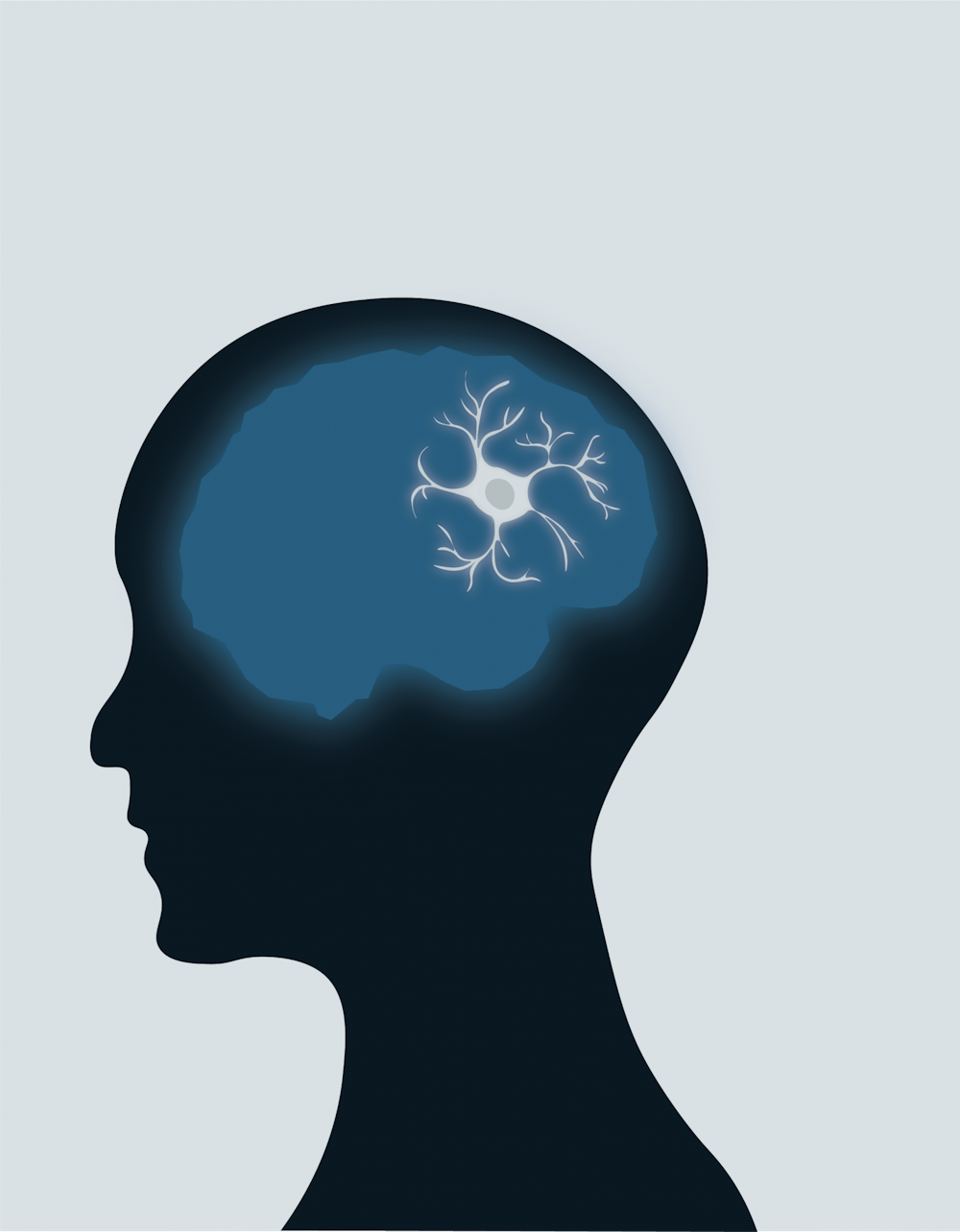中文版请点击此处
Researchers at the University’s Brain Immunology and Glia Center have recently discovered a natural brain repair mechanism may improve current epilepsy treatments.
Asst. Neuroscience Prof. Ukpong Eyo helped lead a group of researchers to discover an existing repair process that has the potential to unlock new approaches to epilepsy treatment. Eyo and his team recently published important findings in the scientific journal Cell Reports.
“Our findings suggest that a novel approach to do this is perhaps not to target the neurons directly, but to harness the natural strength of a different cell-type entirely to protect neurons,” Eyo said in an email statement to The Cavalier Daily.
Epilepsy is a neurological disorder in which patients suffer from seizures. According to the Centers for Disease Control and Prevention, approximately 1.2 percent of the U.S. population had active epilepsy in 2015. While medical management and surgery can help to treat epilepsy, approximately one in three epilepsy patients are not well controlled with current seizure-preventing drugs.
Current treatments for epilepsy include anti-epileptic medication, ketogenic diets, surgery and vagus nerve stimulation, but these treatments are limited in efficacy and can have negative consequences. “Better treatments are necessary” for those with epilepsy, says Dr. Jaideep Kapur, professor of neurology and director of the University Brain Institute.
“Epilepsy shortens lives and causes physical and emotional injury,” Kapur said in an email statement to The Cavalier Daily.
In collaboration with scientists at Mayo Clinic and Rutgers University, Eyo and his colleagues used sophisticated imaging called two-photon microscopy to study the brains of laboratory animals that had severe seizures. Remarkably, the researchers observed that naturally-occurring immune cells in the brain called microglia began to repair seizure-induced swollen branches of nerve cells called dendrites.
Rather than removing the malfunctioning cells, the microglia were repairing or healing the injured brain cells. The microglia formed “process pouches” around the injured cells that led to better appearance and healthier dendritic neuronal extensions in the severe seizure model.
The findings point to a potential use of the brain’s own immune system to heal damaged neurons in epilepsy patients and may serve as an avenue to improve seizure disorders for a wide variety of patients.
Dr. Eyo has two grants from the National Institutes of Health that will allow him to continue his study of microglia in epilepsy and other challenging brain disorders.
“Dr. Eyo’s studies may prove to be very important in the field of epilepsy,” Assoc. Neurology Prof. Javier Provencio said in an email to The Cavalier Daily.
Eyo’s work has mostly focused on observing the time period shortly following a seizure because this is when neurons are injured and the injury manifests as swollen dendrites. However, there is evidence that following a stroke or traumatic brain injury, similar structural aberrations occur in neurons.
The next steps for Eyo’s continued investigation include researching whether the microglial activity really does improve neuronal function and developing an understanding of the precise molecular mechanisms by which microglia improve epilepsy.
Eyo said he wonders if researchers can trace these molecular mechanisms in humans to improve outcomes from seizures, strokes, and traumatic brain injuries.
The findings could have clinical applications as well — Eyo said he anticipates that microglia will exhibit similar phenotypes in animal stroke models or traumatic brain injuries. Understanding the mechanisms that microglia employ to provide this protection may have a serious impact on several medical conditions of acute injury, according to Eyo.
Eyo used a contemporary social analogy comparing his research findings to COVID-19 and the raging Delta variant.
“Vaccines, of course, help in a big way to curb the effects of the vaccine but an additional source of protection to both the vaccinated and unvaccinated is the use of masks,” Eyo said. “Our findings raise the tantalizing possibility that [we can] identify certain mechanisms that facilitate neuronal protection following acute injury, microglia can be an additional, complementary target to promote further protection.”
Provencio said there are still several remaining questions to be further researched concerning epilepsy, such as status epilepticus, which is a prolonged seizure after which patients often do not return to normal after, due to the damage inflicted on the brain. Provencio also added it is still unknown why some who have a single seizure go on to develop epilepsy.
“This is the first work I am aware of that investigates the interactions of microglia and neurons in real-time during seizures,” Provencio said.
Eyo plans to continue his research on microglia so that it can improve the lives of many, and there are several challenges he anticipates because, unlike other cells in the body, neurons typically do not regenerate. As such, Eyo said exploring different manners to preserve the function and health of existing neurons is essential to future epilepsy research.
“We will be busy for a while,” Eyo said.







